Saturday, 4th October 2025

Maverick Foo
Lead Consultant, AI-Enabler, Sales & Marketing Strategist
Partnering with L&D & Training Professionals to Infuse AI into their People Development Initiatives 🏅Award-Winning Marketing Strategy Consultant & Trainer 🎙️2X TEDx Keynote Speaker ☕️ Cafe Hopper 🐕 Stray Lover 🐈
REACH OUT TO US
Fill up your details below, and we will get back to you A.S.A.P.!

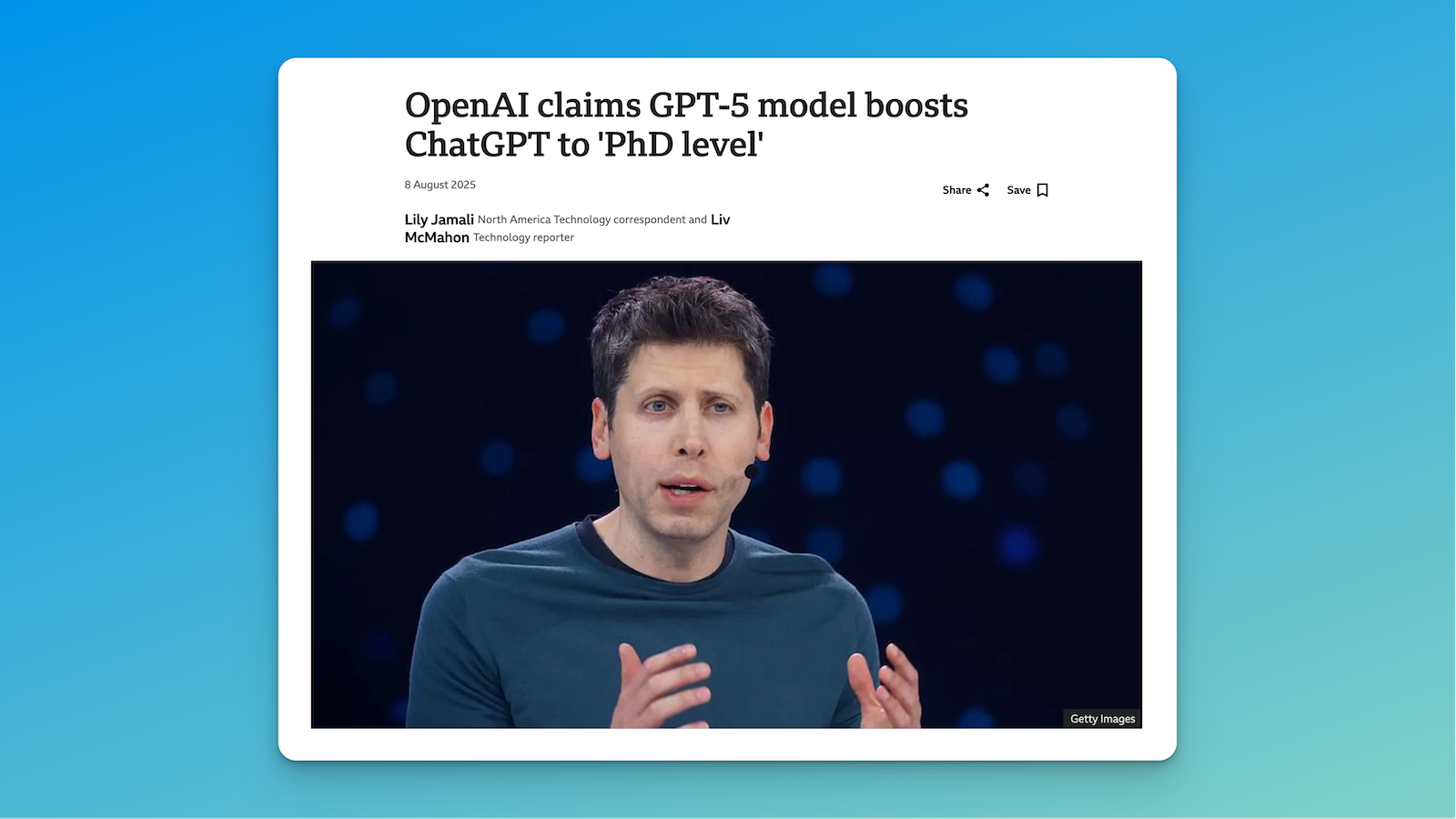
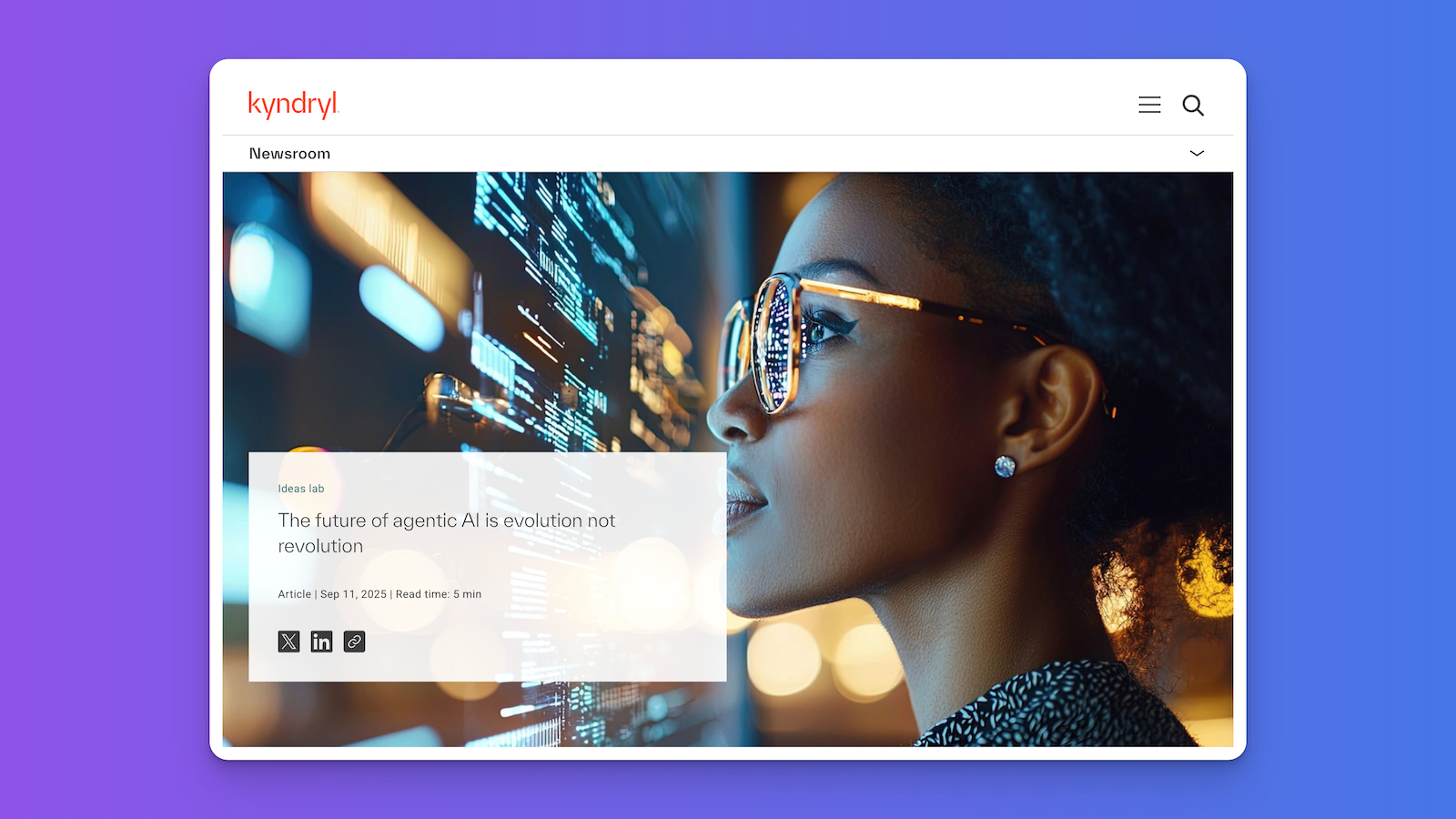
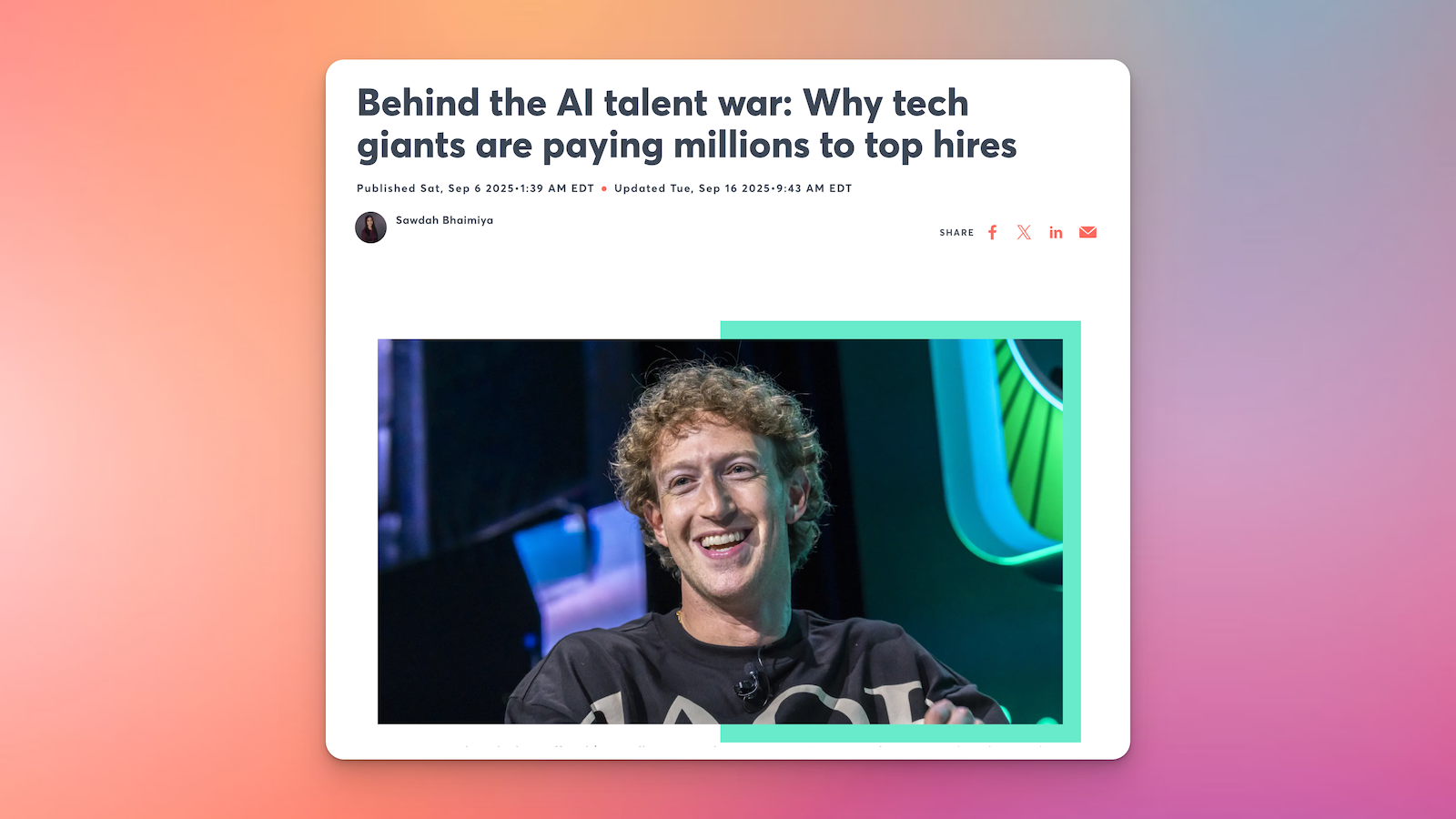
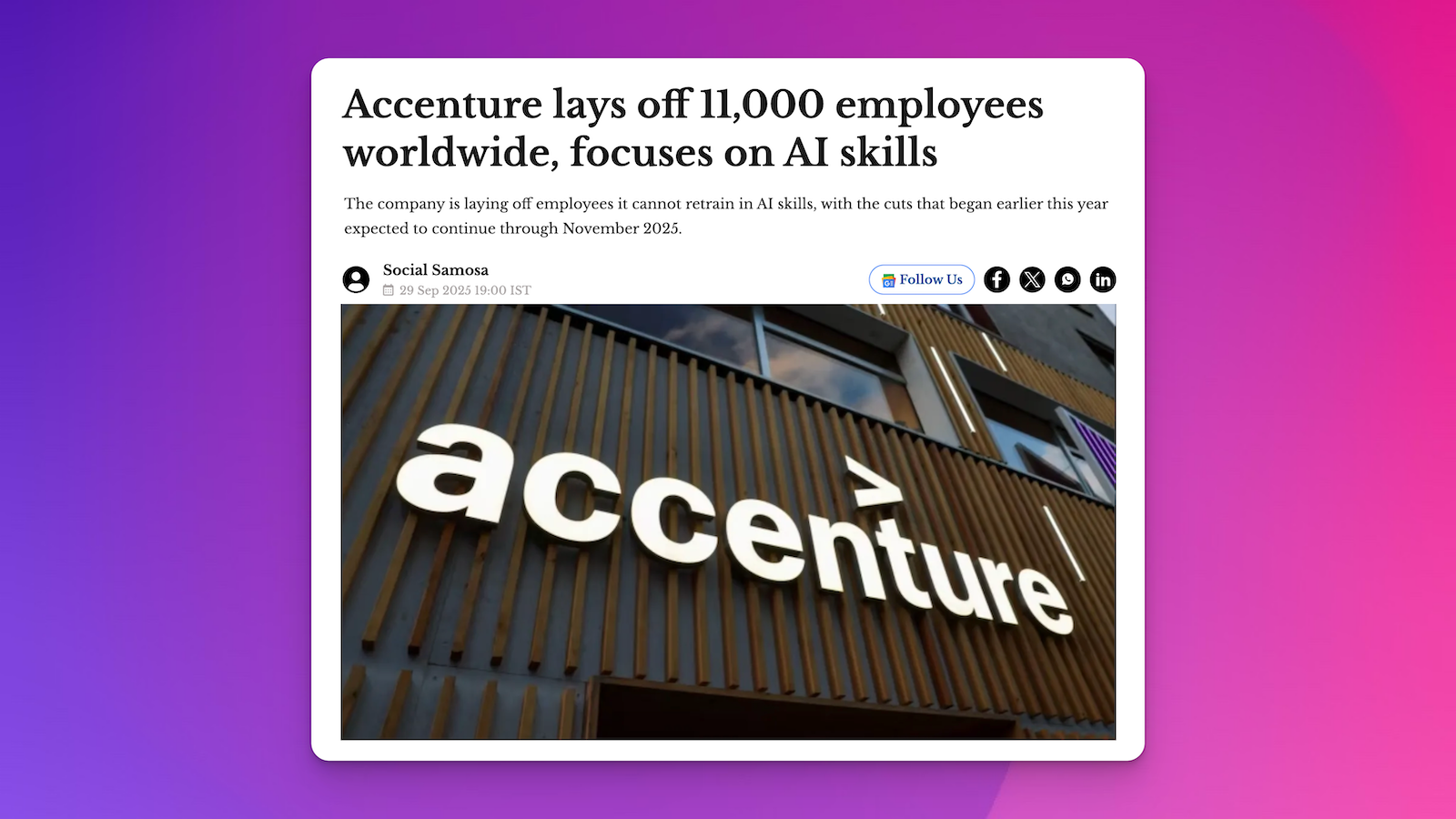
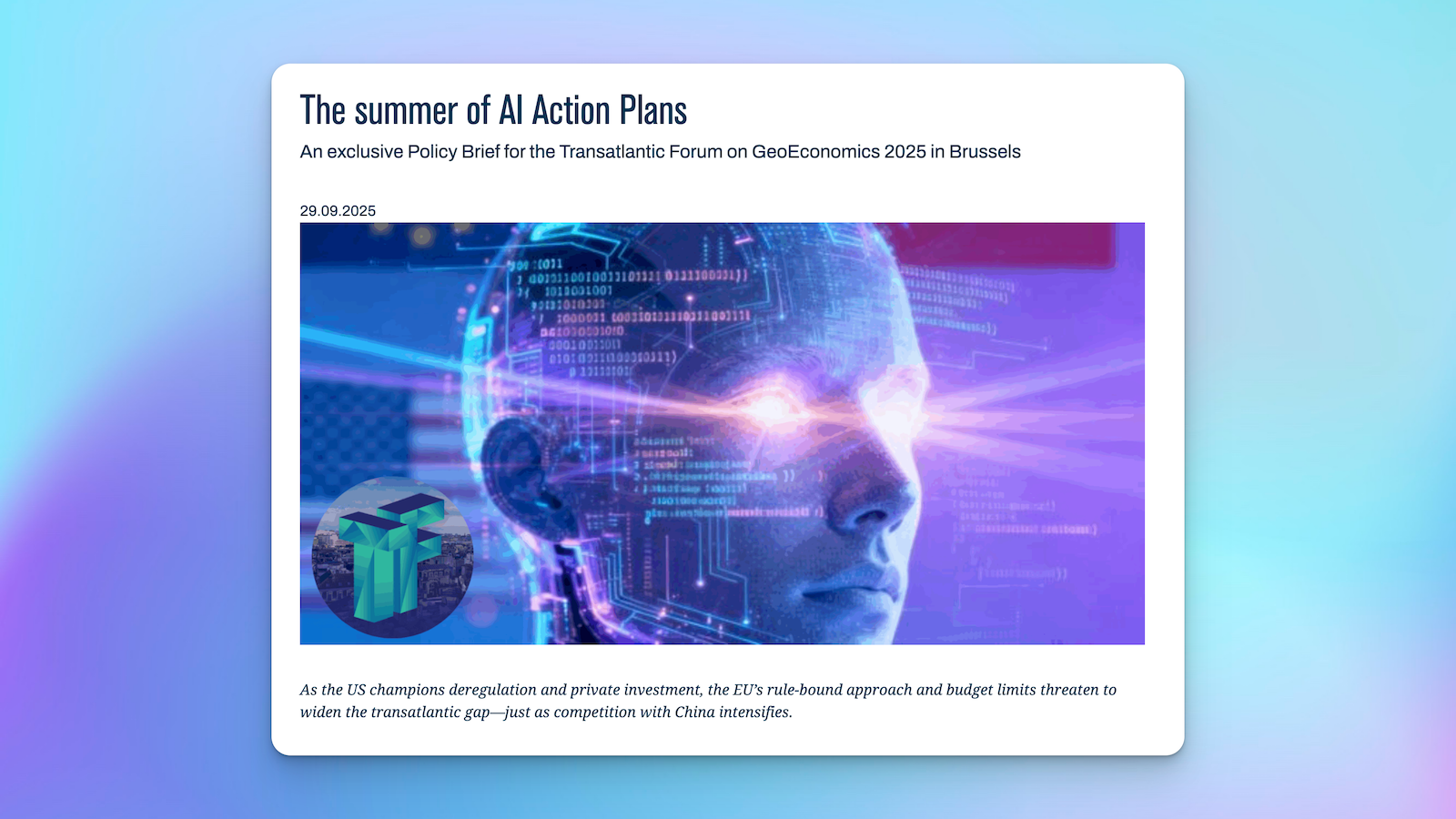




0 Comments